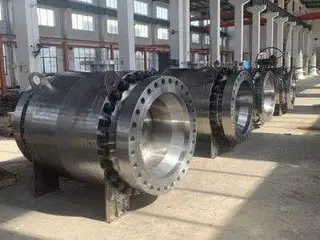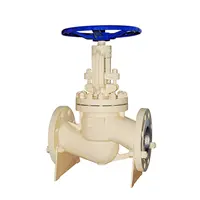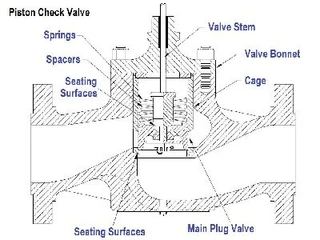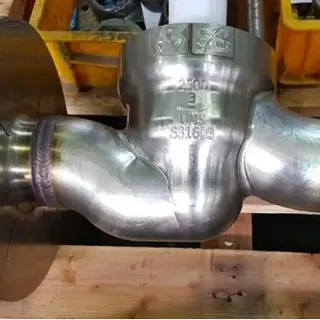Is precision components manufacturing ready for 3D printing? (Part four)
Unfavorable features of laser printing for metal parts
Additive 3D laser printing is well known for accomplishing what is seemly impossible, but how precise is it? Is 3D printing good for manufacturing small precision metal parts?
Let's divert attention to DMLS, the most advanced and mature method, in which the vital variables influencing dimensional accuracy are as the following.
- The powder particles' size
- The elevator Steps' height gap
- The laser beam's size
Each among these variables influences dimensional tolerances. Large size of metal powder particle makes for larger steps. The each powder layer height likewise influences the tolerances which can be created.
Perhaps the laser's size is accounted as the most vital variable. This is of which a very small beam provides you with higher accuracy, and a larger beam creates more inaccurate dimensions. The problem is that a smaller laser beam produces heat less, which means it may take longer time to get its job done. Therefore, it is going to cost pretty longer to create a part of very precision and/or very small dimensions. As a result, that enhances the cost.
There are other methods by which metal's laser printing consumes time. Let's Look again at the DMLS, the very popular method, by which each part has a very small connection point, just like the tiny thread that makes a wasp's nest hung over a porch. If you have 10,000 laser-printed parts, this means you have to separate 10,000 connection points. Usually, you can accomplish the task of separating from the base by using EDM; but no matter which method that you used, if not all of the additive advantages, doing it 10,000 times will fail most.
The fact is that true large-scale production is still impossible with metal's 3D laser printing, which makes it extremely impracticable and expensive to manufacture tens of thousands of tiny parts. Moreover, the advance payment of the 3D printer is high: some of the latest desktops require at least $100,000, which are designed to disrupt the previous disruptors, up to more than $1 million for the controlled atmosphere printer applied with metal, for instance, titanium or the big size inclosures needed for machines aiming to make aviation parts. That high cost indicates that no matter what application laser printers is advised for requirements to "add" something very special to "subtract" from the value of conventional metal manufacturing methods.
Where will the future go?
We wouldn't like to have you think that we are being dogged or reluctant to change. As a matter of fact, we want to shout out at our friend Scott Cohen and his partner David Bell who is at New Lab. They are ware of both the future and anyone, and we believe that someone at New Lab will solve some of the problems we are facing now some day.
Although the development of desktop-sized 3D laser printers instead of huge machines of industrial-sized - will make the technology easier to obtain, we still believe that metal's laser printing is not suitable for a large number of tiny precision components. Under this circumstance, small machines are not definition for small parts. However, some day we may be proven wrong without doubt!
Send your message to this supplier
Related Articles from the Supplier
Related Articles from China Manufacturers
28 Inch 300 LB Ball Valves Ready for Shipment
- Jun 09, 2023
Materials for Valve Components (Part Two)
- Mar 29, 2022
Materials for Valve Components (Part One)
- Mar 09, 2022
3D Printing Nuclear Safety Valves
- Dec 16, 2021
14 taboos of installing a valve (Part Four)
- Aug 21, 2018
Related Products Mentioned in the Article
EKS(Xiamen)Precision Industry Co., Ltd
- Address: 中国福建省厦门市集美区灌口镇深青工业园后山头29号
- Phone: 86-0592-6360601
- Business Type: Industry & Trading, Manufacturer,
Supplier Website
Source: http://www.junyingmetal.com/is-precision-components-manufacturing-ready-for-3d-printing-part-four.html














